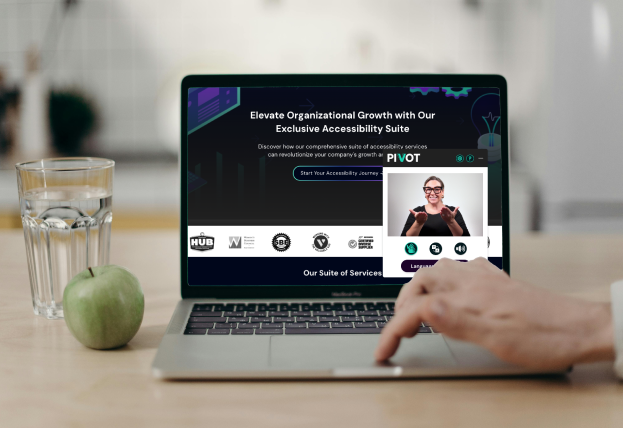Social media is a powerful platform for engagement, but accessibility must be prioritized to ensure all followers can access and interact with your content. Here are best practices for enhancing social media accessibility:
Image Descriptions:
- Alt Text:
Provide descriptive alt text for images to convey their content and context to users relying on screen readers. Alt text should describe the image’s purpose or function, not just its appearance.
Video Accessibility:
- Captions:
Always include captions in your videos to ensure they are accessible to users who are deaf or hard of hearing. Captions should be accurate, synchronized with spoken dialogue, and include non-verbal sounds. - Audio Descriptions:
Include audio descriptions for visual content to ensure users with visual impairments can fully engage with your videos. Describe key visual elements and actions during pauses in dialogue or narration.
Inclusive Language:
- Avoid Jargon:
Use clear and straightforward language to ensure your message is accessible to a diverse audience. Avoid using acronyms or industry-specific terms that may not be universally understood. - Sensitive Terminology:
Respectfully use terminology that reflects diversity and inclusivity, avoiding language that may exclude or marginalize certain groups.
By implementing these practices, you not only make your social media content accessible but also demonstrate your commitment to inclusivity and broaden your audience reach across diverse demographics.
**Image description:
A close-up of a hand holding a smartphone displaying a social media profile. The profile shows details such as the number of posts, followers, along with profile pictures and posts. In the background, colorful and vibrant buildings create a lively atmosphere.



